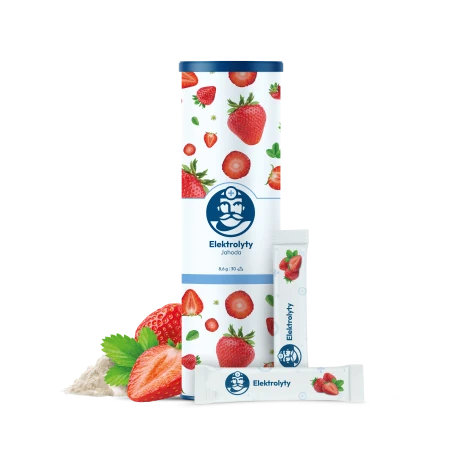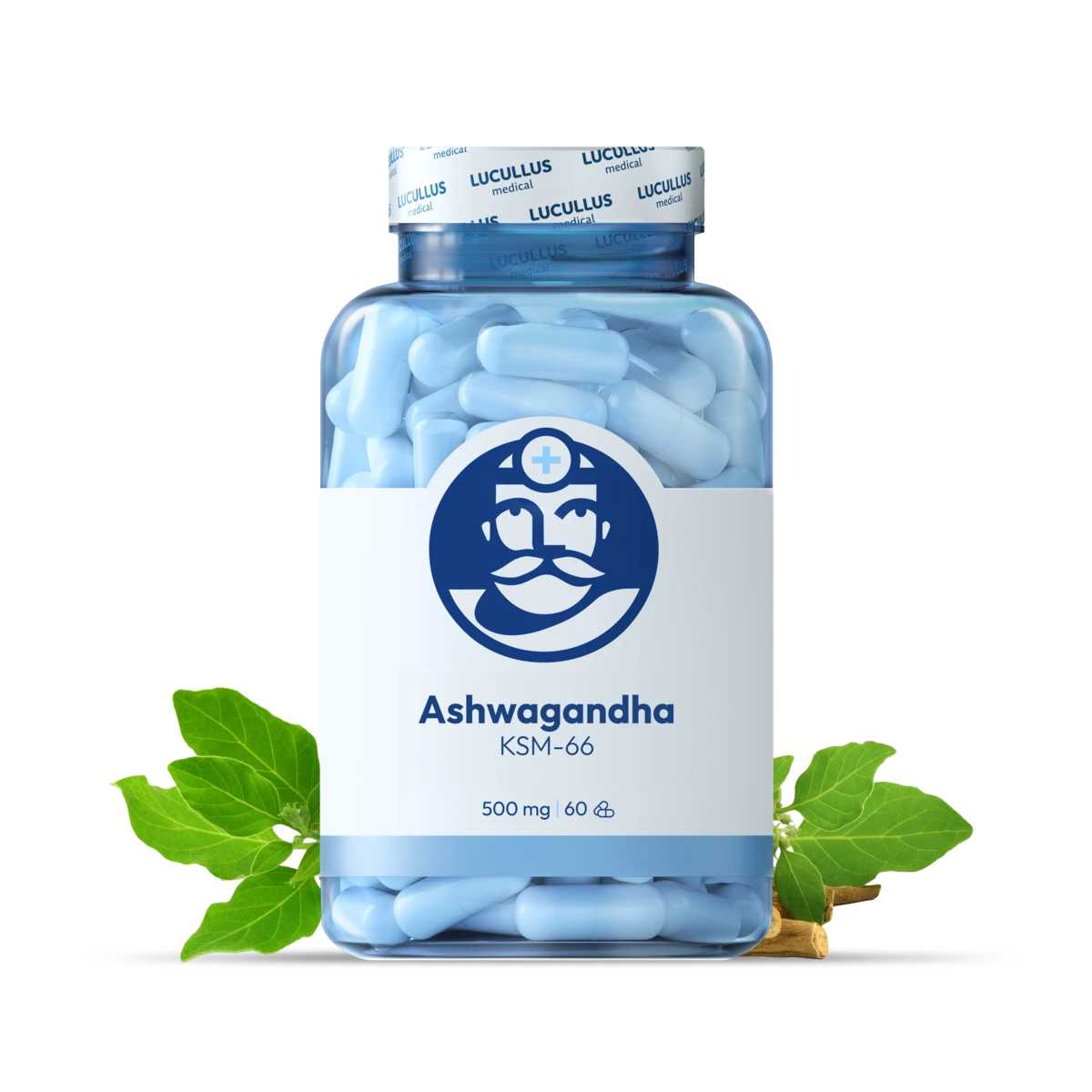
Ashwagandha - Withania somnifera
„Ashwa“ (horse) „gandha“ (root smell), the name itself points to the plant's ability to provide strength and vitality (animal strength hidden in the root). Known by names „Indian ginseng“ (similar root shape), also „winter cherry“ (fruits resemble cherries). From the small bush with yellow flowers, mainly the root is used in traditional medicine. Given its calming effects, it's appropriately named Withania somnifera, sleepy or dreamy. The Latin name somnifera also reveals its sleep-inducing property.

Do we need the 'sunshine' vitamin D3 only in winter?
When you feel the sun's rays on your skin, know that your body is creating one of the most important vitamins - D3, which was discovered thanks to centuries of research. The discovery of vitamin D3 became one of the most significant medical achievements of the 20th century, saving millions of lives: It was the year 1650 and in the streets of London, doctors noticed that more and more children were suffering from a strange disease called rickets (their bones were weak and brittle, legs deformed, growth slowed). It wasn't until 1919 that Dr. Huldschinsky exposed children with rickets to ultraviolet light and their bones began to heal! Three years later, biochemist McCollum discovered a substance that prevented rickets and called it vitamin D. Gradually, the existence of the most important form of vitamin D3 (cholecalciferol) was discovered.

Cordyceps - Zombie in Reality
Cordyceps sinensis - this is our zombie predator. In China, it is called "in winter insects, in summer herbs." Imagine a fungus that during reproduction in summer shoots its spores (seeds), which attach to the insect's body. It gradually grows throughout and parasitizes it, devours it from the inside out, with the insect still alive, even altering its outer appearance but still foraging until it retreats underground where it dies and mummifies. The fungus can survive in it for a longer period. The fungus literally controls the host's body, growing out of its body in summer, forming slender "sticks" 5-20 cm high. This inspired the video game series Last of Us where the Cordyceps fungus turns humankind into zombies. In real life, this video game unfolds in the actual life of insects. The victims are larvae of butterflies, large ants, spiders...

Zinc - The Fatigue Slayer
In addition to vitamins, enzymes, and various supplements, our body also needs so-called trace elements for 100% functionality. The term "trace" means that our body needs it only in small quantities. We need 10 mg of zinc daily, which is 37 times less than magnesium (375 mg). It might seem we're discussing a total non-entity. However, the opposite is true. Zinc affects more than 200 biochemical reactions in our body!

Is Collagen Only for Older People?
Collagen is essentially a protein that the human body can produce by itself, as it is necessary for the proper functioning of cartilage, glands, joints, and even bones, muscles, and skin. Out of all the proteins in our body, collagen is the most abundant (up to 30%). Unless you are addicted to social media, you really don't need collagen until you suddenly start feeling pain in your tendons, knees, ligaments... Because if you have a proper, balanced diet, and enough exercise, your body should produce enough. However...

Surprisingly Resilient Maca - Peruvian Cress
This remarkable plant (Lepidium mayenii) from the Peruvian Andes, where it is grown at extreme altitudes (4000 m a.s.l.). It is incredibly resilient and can survive and grow in conditions where most other plant species would not survive, such as low temperatures, strong winds, and intense UV radiation. Its ability to adapt to harsh environments enriches it with nutrients and substances that positively impact the human body, enhancing resistance to both physical and mental stress.






























